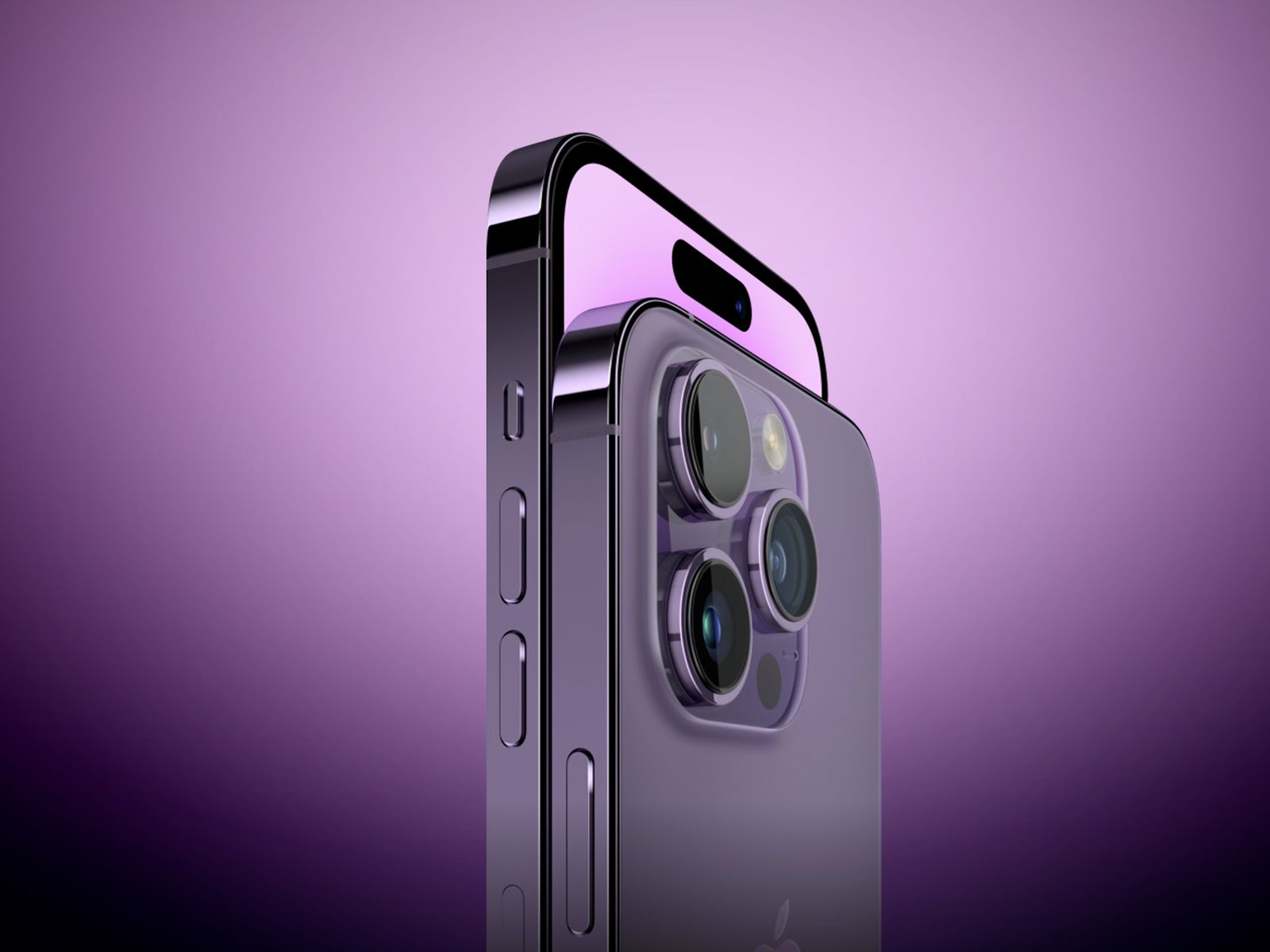The long-awaited Pixel Fold has finally arrived, generating significant excitement among fans of the Pixel line. Priced at $1,800, this phone needs to prove its worth and demonstrate why it is a superior choice compared to other capable Android devices available in the market.
Pricing:
The Galaxy S23 Ultra is currently available unlocked or through major carriers worldwide. On the other hand, the Pixel Fold can be purchased unlocked from the Google Store in the US, Japan, the UK, and Germany. Orders are expected to be delivered on June 27th.
At its launch, the S23 Ultra was priced at $1,200 for the 256GB/8GB RAM variant. However, Samsung often offers deals and discounts, so it’s likely that the price will be reduced soon. The Pixel Fold, being a new release, may take some time before any deals become available.
Design and hardware:
The Pixel Fold shares a similar design with the Pixel 7 Pro, featuring the iconic camera bar that spans across the back. The key differentiating factor is its folding capability. The Pixel Fold utilizes Gorilla Glass Victus for both the cover display and back panels, complemented by a polished aluminum frame.
The S23 Ultra closely resembles its predecessor, the S22 Ultra. The camera bump has been replaced with individual lenses, and the phone now features squared-off corners reminiscent of the Note series. The most notable visual difference from the previous year is the display, which exhibits a subtler curve along the edges. The S23 Ultra incorporates Gorilla Glass Victus 2 and armored aluminum into its design.
Both devices have a substantial and pleasing weight to them, surpassing the visual appeal portrayed in photographs. The Pixel Fold boasts a more unified appearance due to its camera bar, while the S23 Ultra benefits from a superior selection of cameras.
Internally, the Pixel Fold houses the Tensor G2 SoC from the Pixel 8 series, coupled with 12GB of RAM and either 256GB or 512GB of storage. While the Tensor G2 represents a notable improvement over its predecessor, it is not without flaws. Some users have reported warming issues even under regular usage, and connectivity problems persist for certain individuals. However, the Pixel Fold’s battery life is expected to be commendable, thanks to its 4,821mAh battery.
The Galaxy S23 Ultra delighted Samsung fans worldwide by announcing its adoption of the Snapdragon 8 Gen 2 chipset in all markets, effectively eliminating the use of Exynos. Paired with 8GB/256GB, 12/512GB, or 12/1TB of storage options, the Snapdragon 8 Gen 2 has proven to be highly successful, delivering exceptional performance and battery life, supported by its 5,000mAh cell.
Regarding charging capabilities, the Pixel Fold can achieve 20W wireless charging when using a Pixel Stand and 35W wired charging. On the other hand, the S23 Ultra supports 15W wireless charging and 45W wired charging. Additionally, both phones offer reverse wireless charging, enabling the charging of compatible accessories such as smartwatches or earbuds.
Although foldable devices have been available for several years now, concerns surrounding reliability and durability persist. While my spouse and I have experienced minimal issues with our Z Flip 4 and Fold 4, reports of display and hinge failures are still prevalent. The Pixel Fold represents Google’s first foray into the foldable market, and given the company’s past record with Pixel reliability, there is potential for problems to arise.
Google Pixel Fold 7A

Samsung Galaxy S23 Ultra

Cameras :
The Pixel Fold inherits the exceptional rear camera setup found on the Pixel 7 Pro. The rear camera bar includes a 48MP primary sensor, a 10.8MP ultrawide lens,
and a 10.8MP 5X telephoto lens. It also utilizes Google’s super resolution zoom technology, allowing for usable photos at up to 20X zoom. As for selfies, the Pixel Fold features a 9.5MP sensor on the cover screen and an 8MP camera on the inner screen. It is worth noting that both of these selfie cameras have fixed focus.
The S23 Ultra, on the other hand, boasts a versatile camera system. Its rear setup consists of a 200MP primary sensor, two 10MP telephoto cameras at 3X and 10X zoom levels, and a 12MP ultrawide lens. For selfies, the S23 Ultra sports a 12MP front-facing camera with autofocus.
The choice between these camera systems ultimately comes down to personal preference. Google’s software processing offers superior results, while the S23 Ultra’s hardware capabilities, such as 8K video recording and 4K 60fps recording at 10X zoom, surpass what the Pixel Fold can achieve. Some users appreciate the DSLR-like shooting experience of the S23 Ultra, requiring careful consideration of lens selection and shooting modes. In contrast, others prefer the consistent and reliable performance of the Pixel’s camera.
Software :
Both phones operate on Android 13, with the S23 Ultra running Samsung’s One UI 5.1 as its software skin. The Pixel Fold offers the streamlined version of Android that users have come to expect from Google, with added features tailored to the unique form factor of the device.
In terms of software updates, the Pixel Fold is guaranteed three major Android upgrades and two additional years of security patches, ensuring support until Android 16. The S23 Ultra performs even better in this aspect, promising four Android updates and an extra year of patches, extending its support until Android 17.
Samsung’s software has long been a subject of debate, carrying a reputation tarnished by its earlier TouchWiz days. However, the company’s software has significantly improved over time. One UI 5.1 runs smoothly on the S23 Ultra, offering a wealth of useful features and benefiting from regular and speedy updates.
In conclusion, the Pixel Fold and Galaxy S23 Ultra present compelling choices for smartphone enthusiasts. With its foldable design and excellent camera system inherited from the Pixel 7 Pro, the Pixel Fold aims to make its mark in the foldable market, despite potential reliability concerns. On the other hand, the S23 Ultra impresses with its powerful hardware, versatile camera setup, and improved Samsung software experience. Ultimately, the decision between these two devices rests on individual preferences for design, camera capabilities, software experience, and overall value for money.




